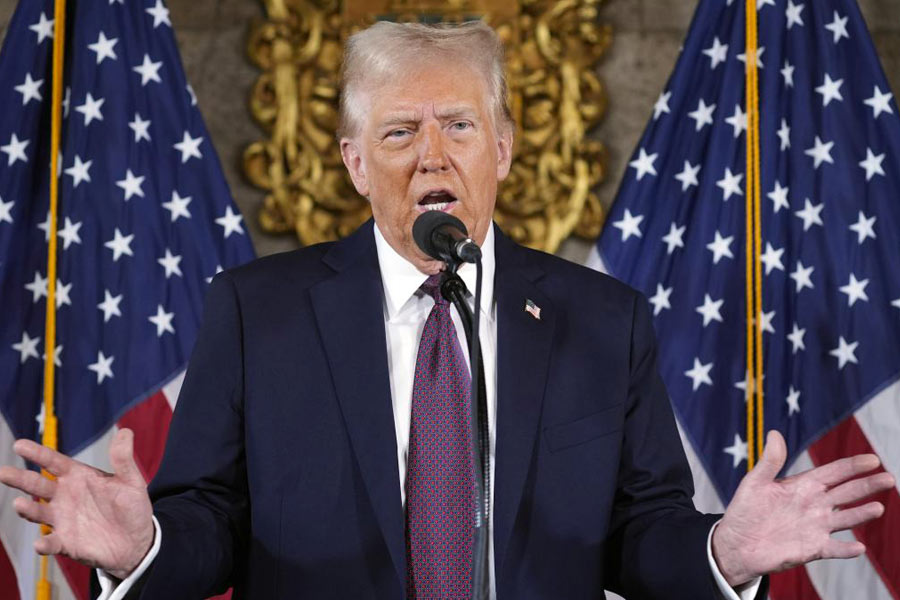The rupee has tottered like a punch-drunk pugilist in recent weeks. Donald Trump’s triumphant return to the White House has put the skids on the Indian currency which sank to an all-time low of 84.40 this week. Foreign exchange experts are already predicting that the rupee will slide to 85 against the greenback in the next few months. This was not a situation that anyone had expected, least of all the Reserve Bank of India. In its Monetary Policy Report in October, the central bank put out a set of baseline assumptions around which all its prophecies about the Indian economy were built. The forecast for the rupee was 83.50 against the US dollar in the second half of this fiscal (October-March 2025) — a level that has been crossed already.
The rupee has been under pressure for a very long time, buffeted by global uncertainties arising from searing conflicts in several parts of the world, a rash of interest rate cuts by the central banks in advanced economies, and the flight of capital from emerging markets as foreign portfolio investors dumped domestic equities and scampered to the safety of the US markets where returns have improved considerably. The RBI has tried to prop up the floundering currency through intermittent bouts of intervention in the forex market where it has sold dollars in the hope that this would slake the feverish demand from importers for the greenback. India has a mountain of foreign exchange reserves — $682 billion as of November 1 — and the RBI has been dipping into that vast trove to backstop the rupee. But these interventions are guided by the desire to quell volatility in the foreign exchange market rather than target any specific value.
There are several reasons why things could get a lot worse from here on. The first is that the RBI’s policymakers have not shown any inclination to cut interest rates. They probably have good reason to exercise caution, especially after retail inflation surged to 6.21% in October. But with the US Federal Reserve embarking on a rate-cutting cycle, the RBI’s doggedness in pursuing a contrarian monetary policy risks precipitating greater dollar outflows from the country. A falling rupee will make imports costlier and it comes with the attendant problem of importing inflation.
But there are some other interesting developments in the currency markets. The Chinese yuan recently tumbled to a three-month low of 7.19 against the US dollar, primarily on account of fears that Mr Trump’s administration would slap a 60% tariff on most Chinese goods to deter imports. China carefully calibrates the exchange rate of the yuan which has been steady over several years, buoyed by the massive trade surplus it enjoys with most countries, including the US and India. But Mr Trump is also pitching for a weaker dollar in order to shore up the competitiveness of American exports and trim its yawning trade deficit which touched $773 billion in 2023. In this three-legged race to the bottom, a curious paradox emerges: what is lost on the currency swings could be gained on the economic roundabouts.











